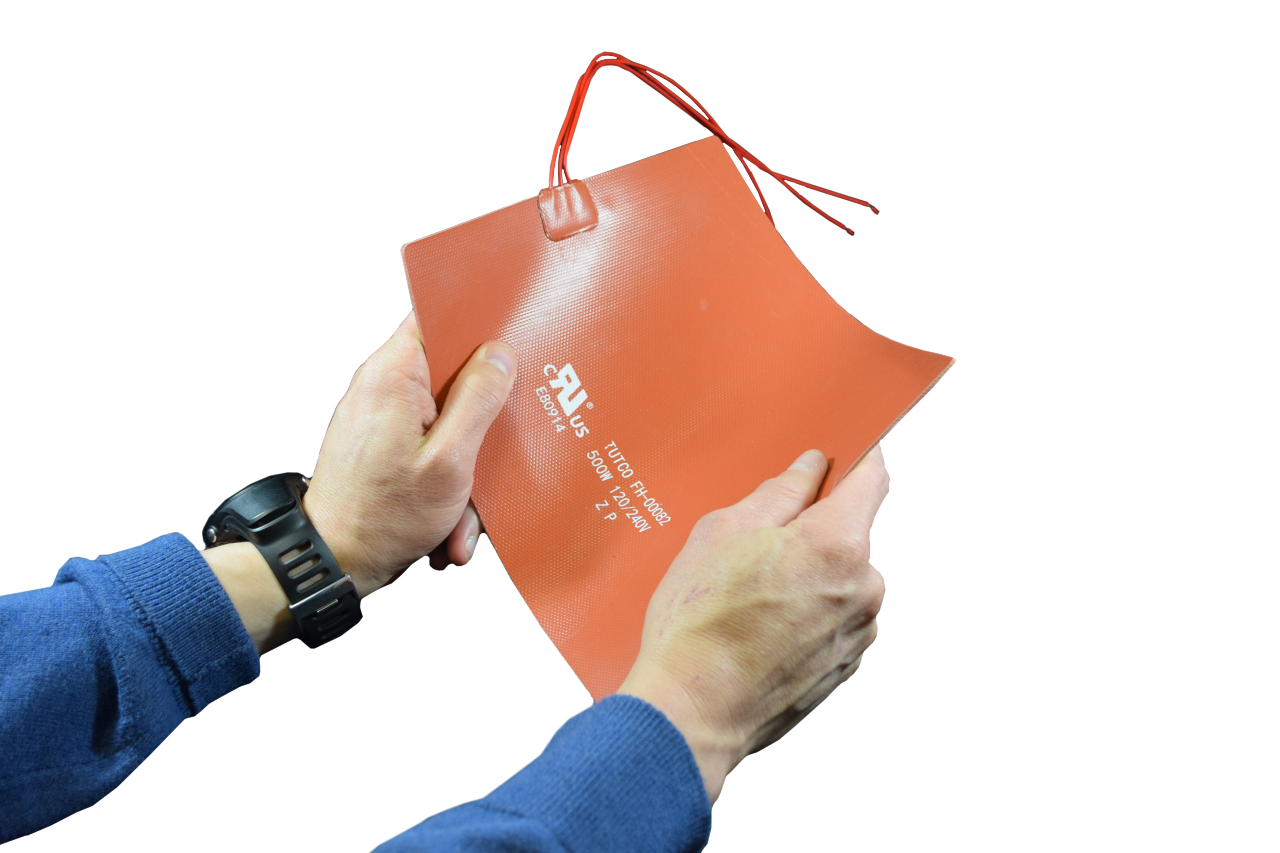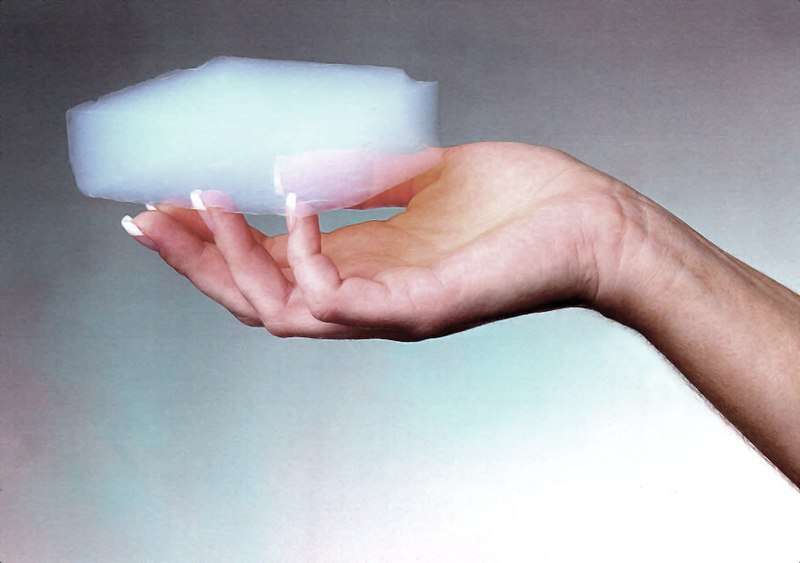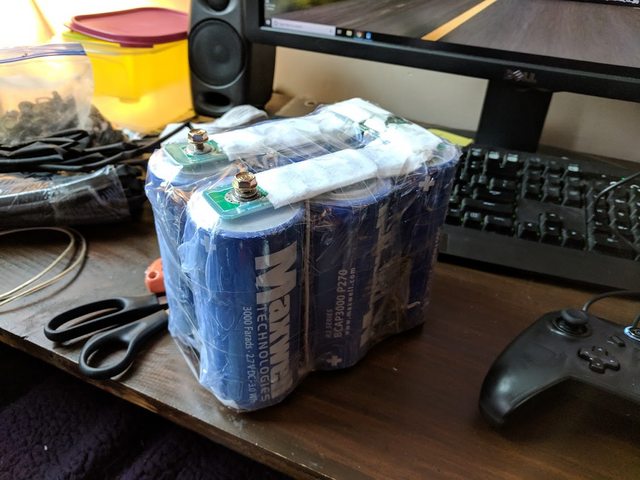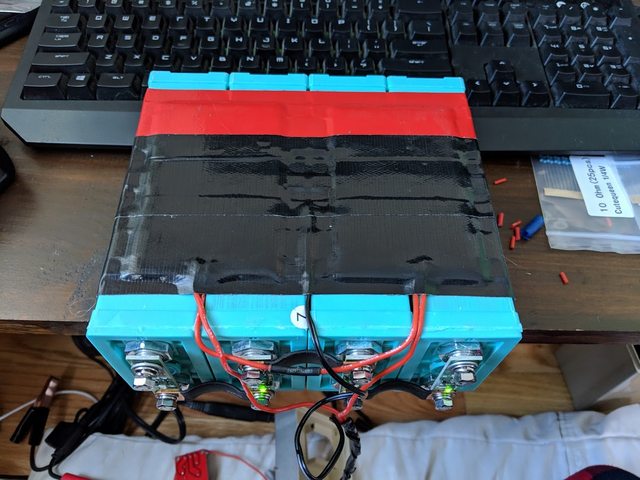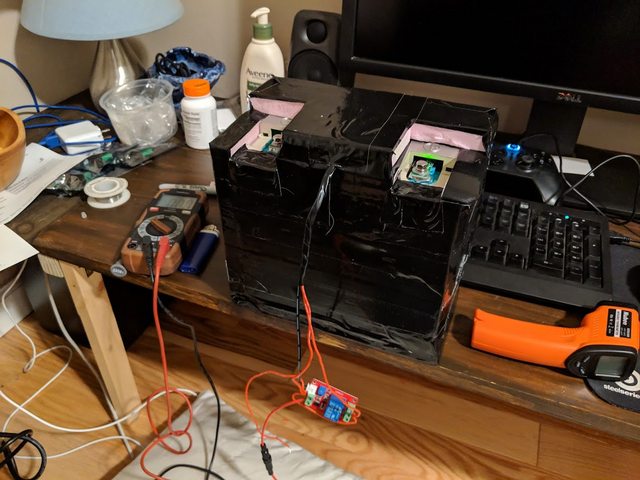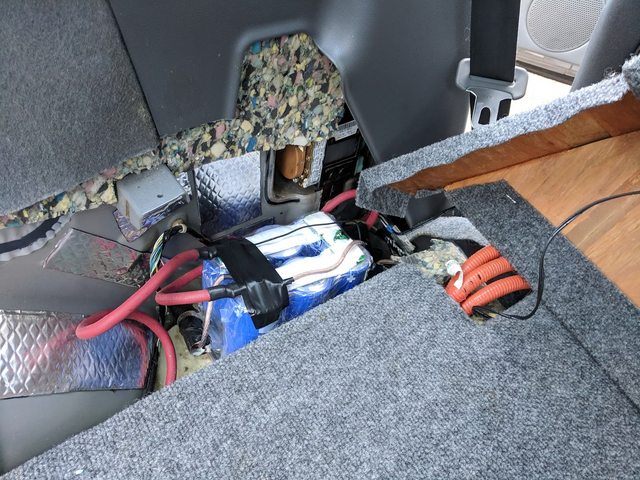Ecky
100 mW
Hi all, I'm trying to determine which battery chemistries would be safe for year-round use in Vermont. We get temperatures here as low as -40c occasionally, and there are typically several weeks each year where the daily high temperature is below -20c (approx 0f).
My understanding is that most lithium chemistries can be quite dangerous when charged at these temperatures due to lithium plating forming on the anode (?). A chemistry like NiMH by comparison will, as I understand it, just warm up when charged at low to moderate currents in extreme cold.
I've had a hard time finding good information on this topic. Can someone please either point me to a good source, or give me a rundown on how different chemistries behave in extreme cold and could be used year-round?
My understanding is that most lithium chemistries can be quite dangerous when charged at these temperatures due to lithium plating forming on the anode (?). A chemistry like NiMH by comparison will, as I understand it, just warm up when charged at low to moderate currents in extreme cold.
I've had a hard time finding good information on this topic. Can someone please either point me to a good source, or give me a rundown on how different chemistries behave in extreme cold and could be used year-round?


